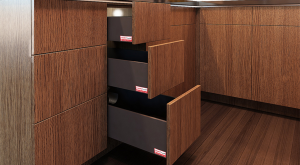Featured Post
Essential Tools for Beginner Woodworkers: A Comprehensive Guide
Overview
This guide dives into the Essential Tools for Beginner Woodworkers, offering a complete rundown of what you need to start crafting. We’ll also cover Wood Finishing Basics for Beginners, DIY Furniture Repair: Simple Fixes for Common Problems, The Definitive Guide to Upholstery Maintenance, and furniture care tips for long-lasting quality. Whether you’re building your first project or maintaining it, this article has you covered.
Introduction
When I first stepped into woodworking, I felt lost staring at rows of tools. What did I need? How would I use them? If that sounds familiar, don’t worry—this guide is for you. Woodworking is a blast once you’ve got the right gear and know-how. I’ll walk you through the Essential Tools for Beginner Woodworkers, sprinkle in some personal tips, and show you how to finish, fix, and care for your creations. Let’s get started!
Essential Tools for Beginner Woodworkers
Every beginner needs a reliable toolkit. These tools are versatile, beginner-friendly, and perfect for simple projects like shelves or boxes. I’ll break them into categories: hand tools, power tools, and measuring tools.
Hand Tools
Hand tools are where woodworking begins. They’re affordable and teach you the basics.
- Hammer: Grab a claw hammer for driving nails and prying them out. A wooden handle feels classic and sturdy.
- Safety Tip: Wear safety glasses—nails can bounce!
- Screwdrivers: Get a set with flathead and Phillips heads. They’re great for assembling furniture.
- Chisels: A small set (1/4" to 1") lets you carve details or clean up joints.
- Safety Tip: Keep them sharp and cut away from yourself.
- Hand Saw: A crosscut saw makes straight cuts easy. Practice on scrap wood first.

Power Tools
Power tools save time but need care. Start with these:
- Drill: A cordless drill is a must for holes and screws. Adjustable speed is key.
- Safety Tip: Match the bit to the material and clamp your wood.
- Circular Saw: Cuts big boards fast. Look for a model with a guide for straight lines.
- Sander: An orbital sander smooths wood in minutes. Begin with 120-grit paper.
Measuring and Marking Tools
Accuracy matters, so don’t skip these:
- Tape Measure: A 16-foot one works for most jobs.
- Square: A combination square checks angles and marks lines.
- Marking Gauge: Keeps your cuts consistent.
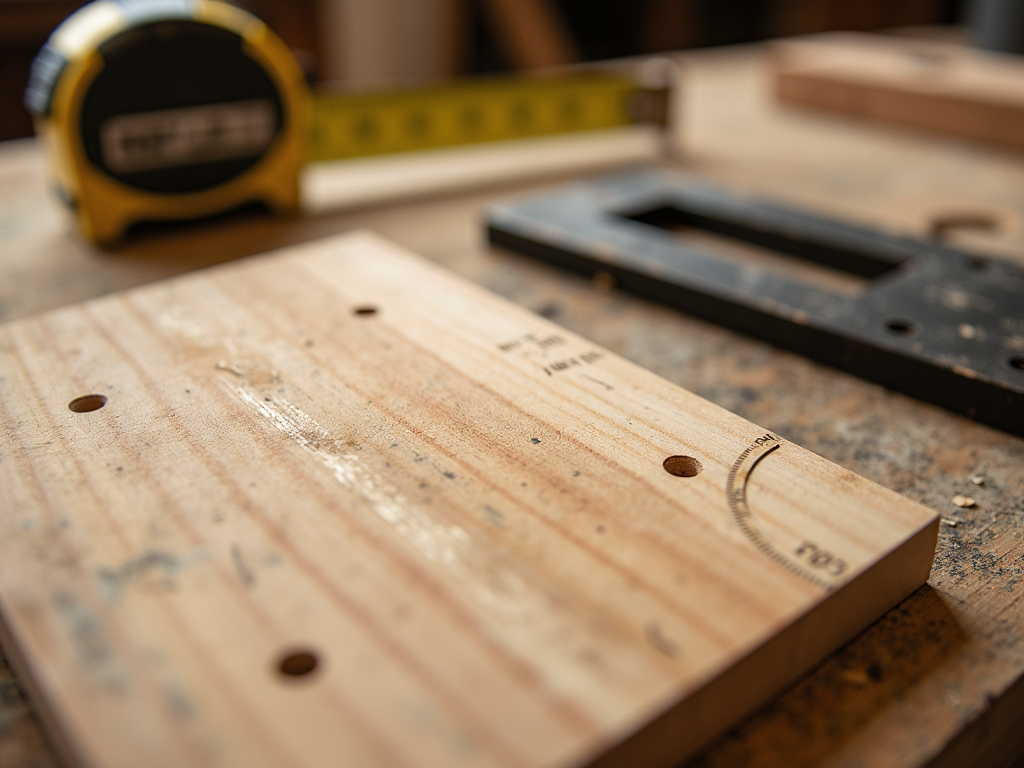
Wood Finishing Basics for Beginners
Finishing protects your project and makes it pop. It’s not hard once you know the steps.
Why Finish?
A good finish keeps moisture out and shows off the wood’s grain. It’s the difference between ‘meh’ and ‘wow.’
Easy Steps
- Sand: Smooth the wood with 120-grit, then 220-grit sandpaper.
- Stain: Brush on stain in the grain’s direction. Wipe off extra.
- Seal: Add polyurethane with a brush. Thin coats dry fast—sand lightly between layers.
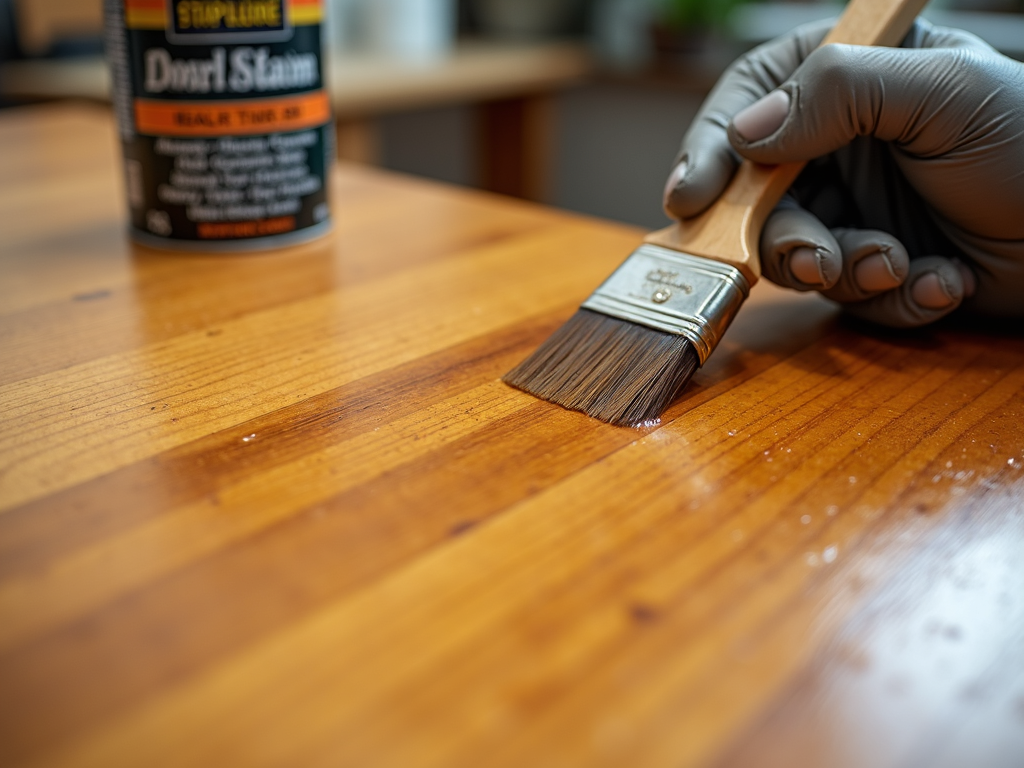
DIY Furniture Repair: Simple Fixes for Common Problems
Your projects might need fixes over time. Here’s how to handle common issues.
Loose Joints
- Issue: Wobbly chairs or tables.
- Fix: Dab wood glue in the joint, clamp it, and let it dry. Add a screw for strength.
Scratches
- Issue: Surface marks.
- Fix: Use a wood marker for light scratches. For deep ones, fill with wood filler, sand, and refinish.
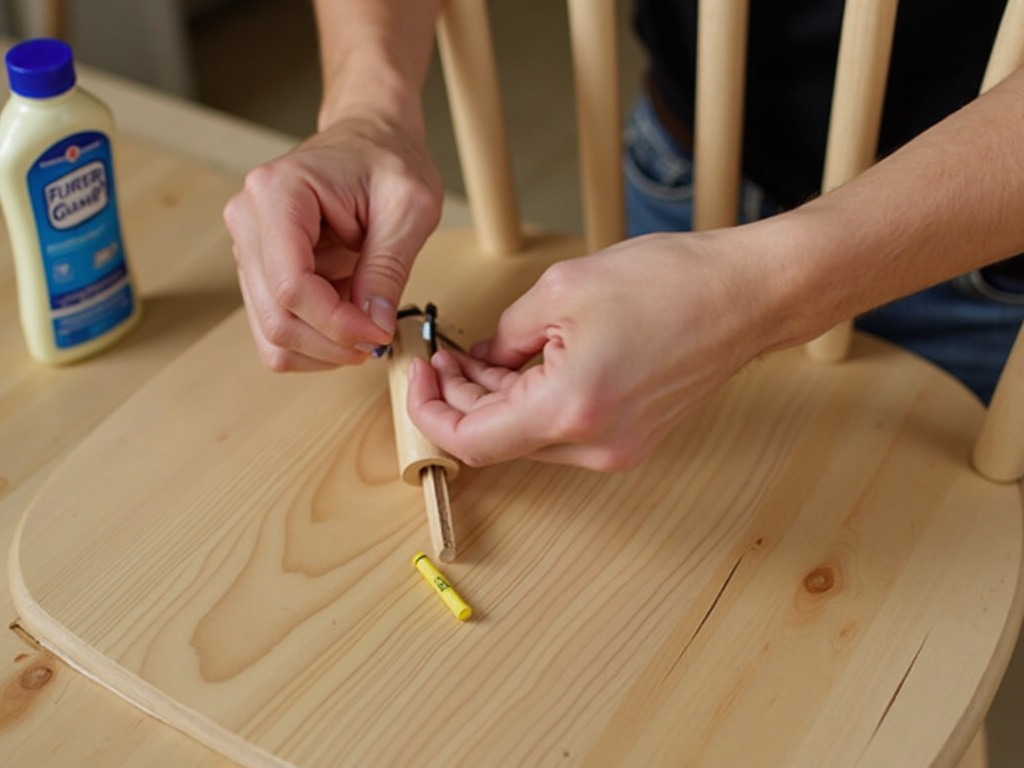
Wobbly Legs
- Issue: Uneven furniture.
- Fix: Sand the longer leg or stick on felt pads to balance it.
The Definitive Guide to Upholstery Maintenance
Upholstery adds comfort, but it needs love to last.
Cleaning Tips
- Cotton: Vacuum weekly, spot-clean with soap.
- Leather: Wipe with a damp cloth, condition twice a year.
- Velvet: Brush off dust, use a mild cleaner for stains.
Preventing Damage
Rotate cushions and keep it out of sunlight to avoid fading.
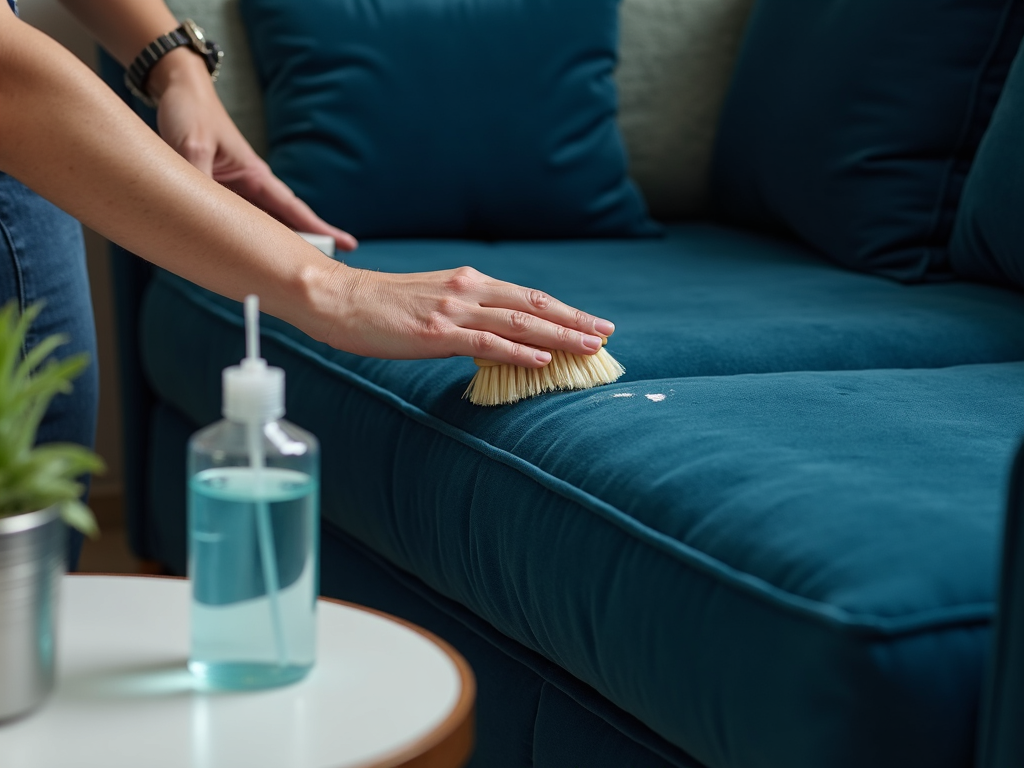
Furniture Care Tips for Long-Lasting Quality
Keep your work shining with these habits:
- Sunlight: Block UV rays with curtains.
- Coasters: Stop water rings with coasters.
- Dust: Wipe with a microfiber cloth.
- Polish: Use polish sparingly—once every few months.
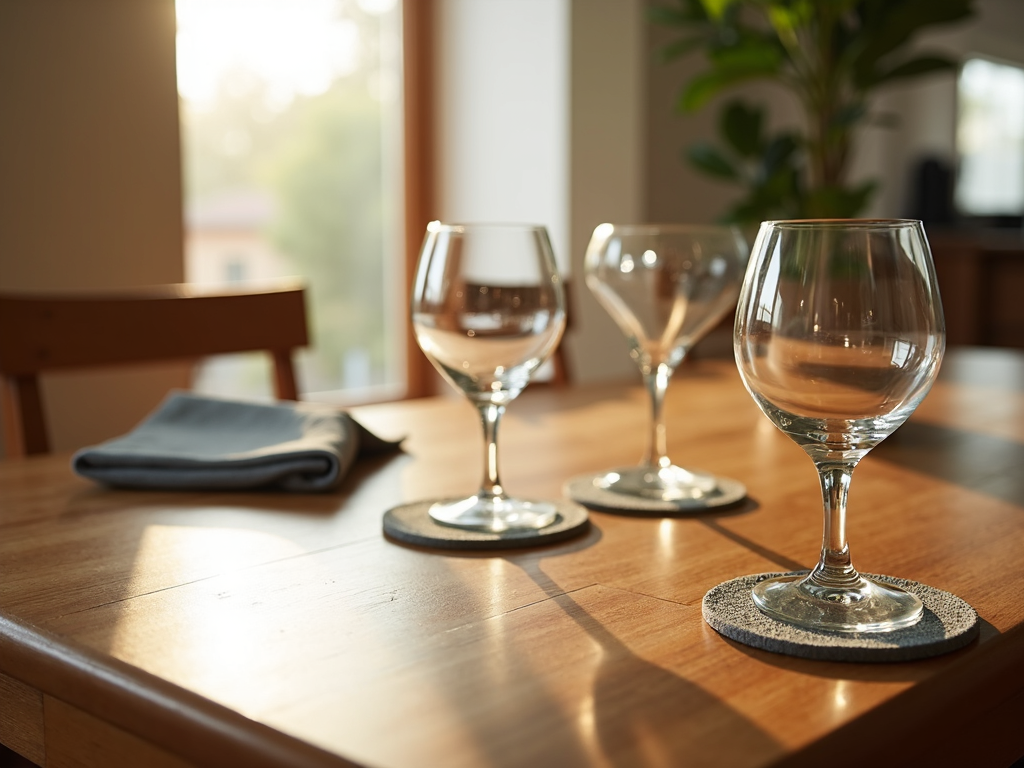
Summary
Woodworking doesn’t have to be scary. With the Essential Tools for Beginner Woodworkers, plus know-how on finishing, repair, and care, you’re ready to tackle your first project. Focus on safety, pick quality tools, and enjoy the process. Check out the recommended readings for more!







